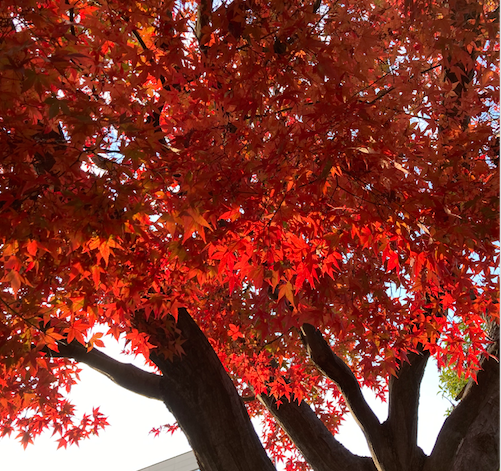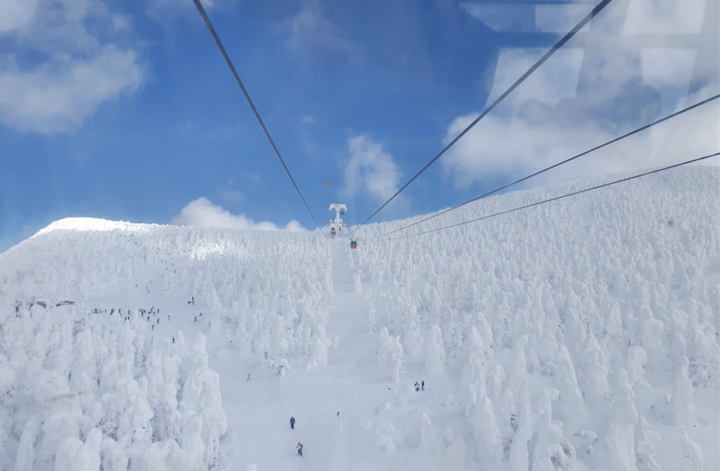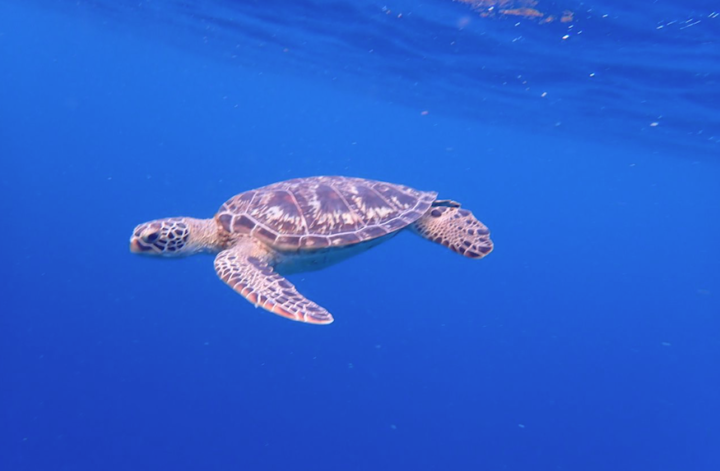Dinosaurs, Andes and local beliefs
Barreal

Known for having one of the clearest skies on Earth, the area around Barreal hosts two observatories – – you can spend the night in the bigger one if you book around 3 weeks in avance. They’re both located in Parque Nacional El Leoncito. We arrived at nightime from Mendoza, the last bit is a dirt road but very well mantained, where you can spot quite a lot of fauna (also owls!), except for the elusive puma. The above flatland is the Pampa del Leoncito, where carrovelismo is practiced! Carrovelismo is some kind of sailing on the flatland, as it uses wind’s power – I really can’t explain it better. In San Juan and San Luis you can practice some ‘unusual’ sports and you’re also likely to encounter lots of cyclists. From here you can observe and discover two different parts of the Andes: Cordón Ramada (Cerro Mercedario belongs here) and Cordón de Ansilta (also the name of a local hiking brand, which is good and affordable). We didn’t hike, but there are plenty of options (all in high altitude). We stayed at this Ecoposada, which kept both authenticity and comfort. They also grow their own produce and have animals.
Ischigualasto

We LOVED this park the most – it deserves way more attention. It is the only place in the world where you can see the seven layers of the Triasic era (in few places worldwide you can see up to three). Here the world’s oldest dinosaurs have been found, along with the predecessors of mammals and crocodiles. These dinosaurs were smaller in size as vegetation was less abundant – plants were smaller- than during the Jurassic and Cretaceic era. These are the ‘grandparents’ of the wold’s biggest dinosaurs, also found in Argentina, but in Patagonia, in the area of El Chocón+Trelew (South). The drive towards Ischigualasto (a Diaguita Word for hostile place) is absolutely panoramic and should not be missed. Let me take this chance to express my positive surprise for the superb state in which roads are (for Argentina this is a HUGE statement- it took us one hour less than the gps estimate)! Right next to it there’s Talampaya National Park: both parks are part of a single UNESCO site. I’m not gonna go as far as saying that you can skip the second park altogether, but it disappoints if compared to its neighbour. In both parks you can only visit specific parts escorted by a guide, but while in Ischigualasto costs are included in the entrance fee, here you’re forced to book a pricy excursion. There’s a very well equipped campsite right next to the cafeteria in Talampaya: going back I would camp here and enjoy a starry night for only 160 pesos. Villa Unión in La Rioja (try empanadas riojanas, they’re excellent!) is the closest to the campsite, but the park has two entrances. In the smaller villages close to the parks basic accommodation is offered: people are particularly kind and you’ll probably eat 0km chivito (we stayed in Balde del Rosario, probably the least crowded place I’ve ever been to). I really hope I can go back one day during winter (these pictures have been taken in November 2019).


San Juan ciudad

While the city itself isn’t a must, if you drive by, there are a few things worth noting. Check out the agenda of Teatro del Bicentenario: opened in 2010, this is Argentina’s second theatre and it doesn’t disappoint – I saw the opera, but they feature very diverse genres. If you head to the Museo de Bellas Artes you have some stunning and some unnecessary – but it does show one of my favourite paintings, la Criollita. The archeology museum shouldn’t be skipped, as it shows the remaining findings from Ischigualasto. Another landmark, which is free, is Domingo Sarmiento’s house. As many celebrated national heroes (he appears in the 50 pesos note) he wasn’t a role model according to today’s standards, but he did modernise Argentina’s education system based on the US model, which at the time was the most developed one. He emphasised the importance of culture and education in the country – among other things, he also became Argentina’s President in the second half of the 19th Century.
La Difuntita
If you’re driving through Argentina, you have seen for sure little sanctuaries by the road, which look a bit like Virgin Mary’s, with LOTS of water bottles. Let’s introduce to the foreigner la Difunta Correa. Apparently, shortly after Argentina’s independence, a time of bandits and small lords (caudillos) Correa’s husband was unlawfully arrested and taken to Buenos Aires. When news reached her that his husband got sick while held captive, she decided to go to him, along with their baby. Only living in these remote areas could one grasp the innocence of attempting to cross the desert, by feet, with no provisions. Days after (here history and legends might blend a little), the woman was found dead by men crossing by horse – the child miraculously survived, as she still had milk to feed him and the baby was found sucking the milk even after her death. From this episode derives the name la Difunta Correa (Correa the deceased) and all over the country her adeptos can be found. If you drive through remote areas you’ll spot small sanctuaries with LOTS of plastic bottles: they bring water for la Difuntita. It’s an interesting mixture of motherhood, fertility, the traditional perception of the role of women and an ode to simplicity and pure spirits, goodness and naiveté. In a sense, she represents martyrdom. Anyhow, in Vallecitos there is her tomb and the main sanctuary: I’m sorry to say it’s not half as picturesque as small sieges by the road. However, as far as popular beliefs go, it doesn’t get any more folcloric than this.
This part of the country is often overlooked and I feel it deserves more attention – don’t expect anything fancy, but if you like kindness, nature and simplicity you’ll absolutely love it. It’s quite a stretch from the main touristic routes… it’s somehow ‘deep’ Argentina. It’s not all good and there are areas where you can see the deep impact of plastic on the land. but for the city person particularly, I feel this can be a valuable experience – with great views of course. There’s much more to discover (including vineyards and a dinosaur park) and I felt safe at all times.



